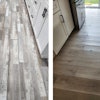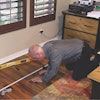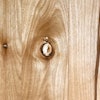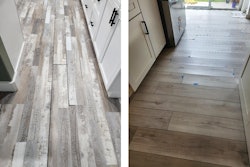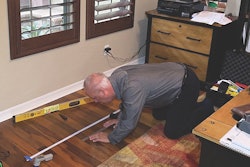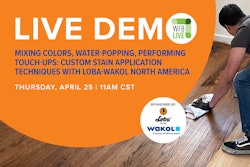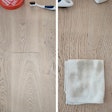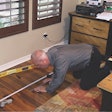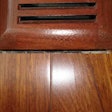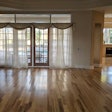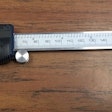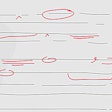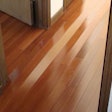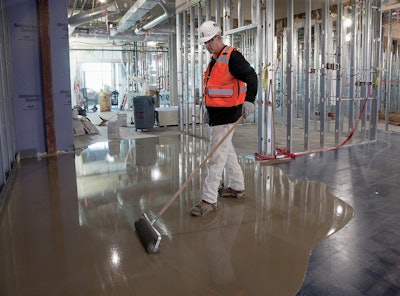
Picking a Hat
Can an NWFACP-certified wood floor inspector repair a job he or she inspected?
Brett Miller, director of education and certification at the National Wood Flooring Association, answers:
It is never OK for a certified inspector to repair a floor he or she has been hired to inspect. NWFACP-certified wood flooring inspectors agree to perform no act that could be construed as a conflict of interest, and this includes submitting a bid to make corrections on a floor they have inspected.
It is extremely important that you make the determination prior to accepting the job which hat you will be wearing.
Many inspectors are also wood flooring contractors, and they are frequently asked by inspection clients something like: “I am not taking any further action against the installer who did this wrong. I just want my floors done right, and you seem very qualified, can I please hire you?”
It is extremely important that you make the determination prior to accepting the job which hat you will be wearing: Is it your contractor hat or your inspector hat? If you try to wear both, you may be found in violation of the Standard of Professional Conduct. If you are on an inspection and someone asks you to also do the repair work, just say it isn’t allowed, period.
On the Hook for OSB?
About a year ago I installed a plank mahogany floor for a customer. She says the floor is squeaking now, and an inspector says the problem is that the floor was installed over an OSB subfloor. I thought OSB subfloors were allowed under the NWFA Installation Guidelines. Am I on the hook?
Milwaukee-based Scott Taylor, an NWFACP inspector and NWFA Regional Instructor, answers:
The NWFA Installation Guidelines do say that OSB subfloors are acceptable for use under a wood floor. However, if the wood flooring manufacturer’s directions say their product must be installed over a plywood subfloor, you will be responsible for all the costs associated with replacing that wood floor over an acceptable subfloor. Remember, the manufacturer’s directions always supersede the NWFA Installation Guidelines.
This is a perfect example of why you must always read the manufacturer’s directions for every single wood floor you install. Even if you’ve installed a similar product for your entire installation career, check the directions. I know of a handful of manufacturers of exotic flooring that require their product be installed over plywood, not OSB. Likewise, they might also have specific requirements for fasteners (someone at a wood flooring manufacturer once told me that they will not even consider a claim on their product if the installer used staples instead of cleats). Manufacturer’s directions can change, too, so even if you have installed the same product before, be sure to read the directions. If you don’t, you’re taking on a big risk that many wood flooring installers simply can’t afford.
Prep Before Barrier
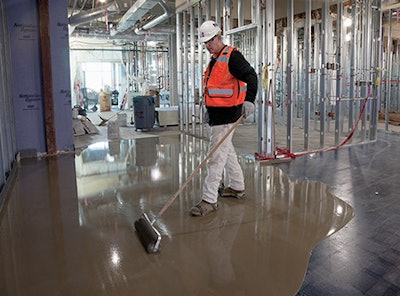 Courtesy of TEC - Click to enlarge
Courtesy of TEC - Click to enlarge
How do I know a slab is ready to apply a moisture barrier? Do I need to fill cracks, or will the moisture barrier do that?
Tom Plaskota, technical support manager at TEC/H.B. Fuller Construction Products, answers:
Although wood flooring is increasingly designed to be less susceptible to moisture fluctuations, limiting moisture exposure remains important, especially when you are installing the wood flooring over a slab. Wood manufacturers provide guidelines on the amount of moisture vapor exposure their hardwood can withstand. If moisture testing reveals that moisture vapor transmission on a job site exceeds acceptable levels, consider using an approved moisture remediation system (what many people refer to as “a moisture vapor barrier”).
You will need to properly prepare the substrate before applying a moisture vapor barrier. This includes addressing dynamic and static cracks in the concrete, as per the product’s instructions. Cracks should be filled, as they could allow moisture to pass through, potentially causing the moisture mitigation system to fail. Some moisture vapor barriers do not require shot blasting for clean, sound concrete. To determine if your concrete is structurally sound, test the substrate with a knife. If it produces a fine powder, mechanically prepare the surface by grinding or shot blasting. Then clean the surface until it is free of debris and any other contaminants. Consult with the moisture mitigation system manufacturer’s instructions for more specific surface preparation requirements.
You must also properly prepare the substrate to accept your flooring, not just the moisture vapor barrier. Deflections in a substrate can prevent proper adhesive coverage, which can lead to failure. Substrate preparation has increased in importance, as today’s design trends include larger, wider and variable-width planks. Generally, the thicker and wider the board, the less tolerant it is of substrate variation.
Flooring manufacturers can provide specific flatness requirements. Instead of trying to compensate for substrate variation with an adhesive, use a cementitious patch or a self-leveling underlayment. Unless the adhesive is specifically billed as having crack-bridging capabilities, it may not be firm enough to bridge the deflection, which will cause a void as the wood pops up. Self-levelers and patches are a better option.












